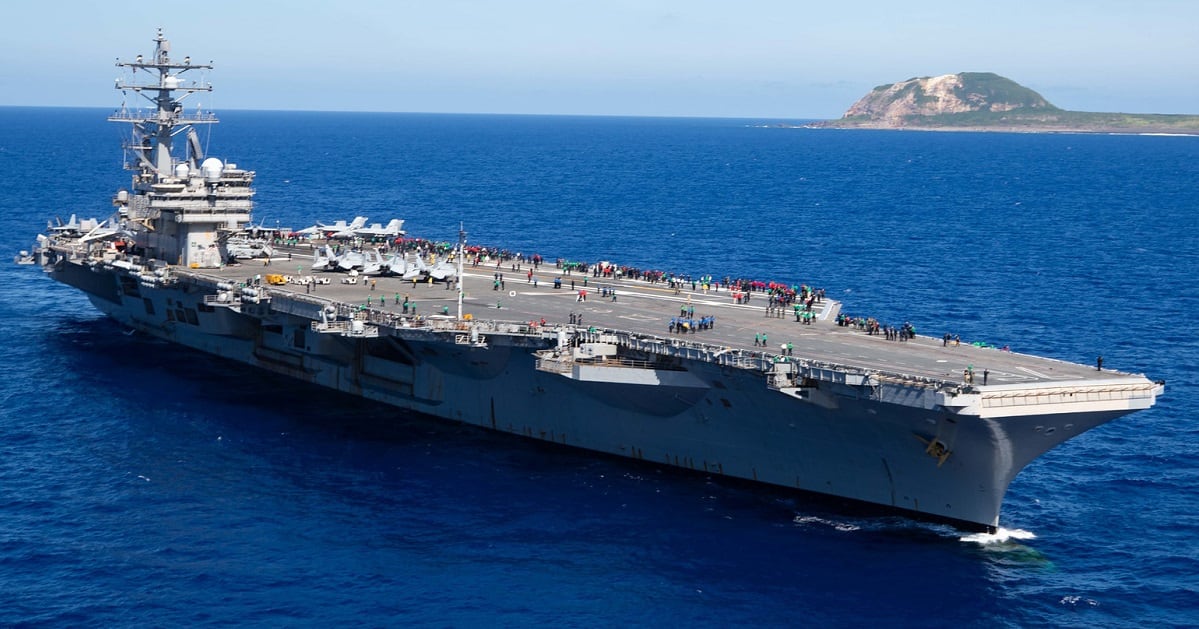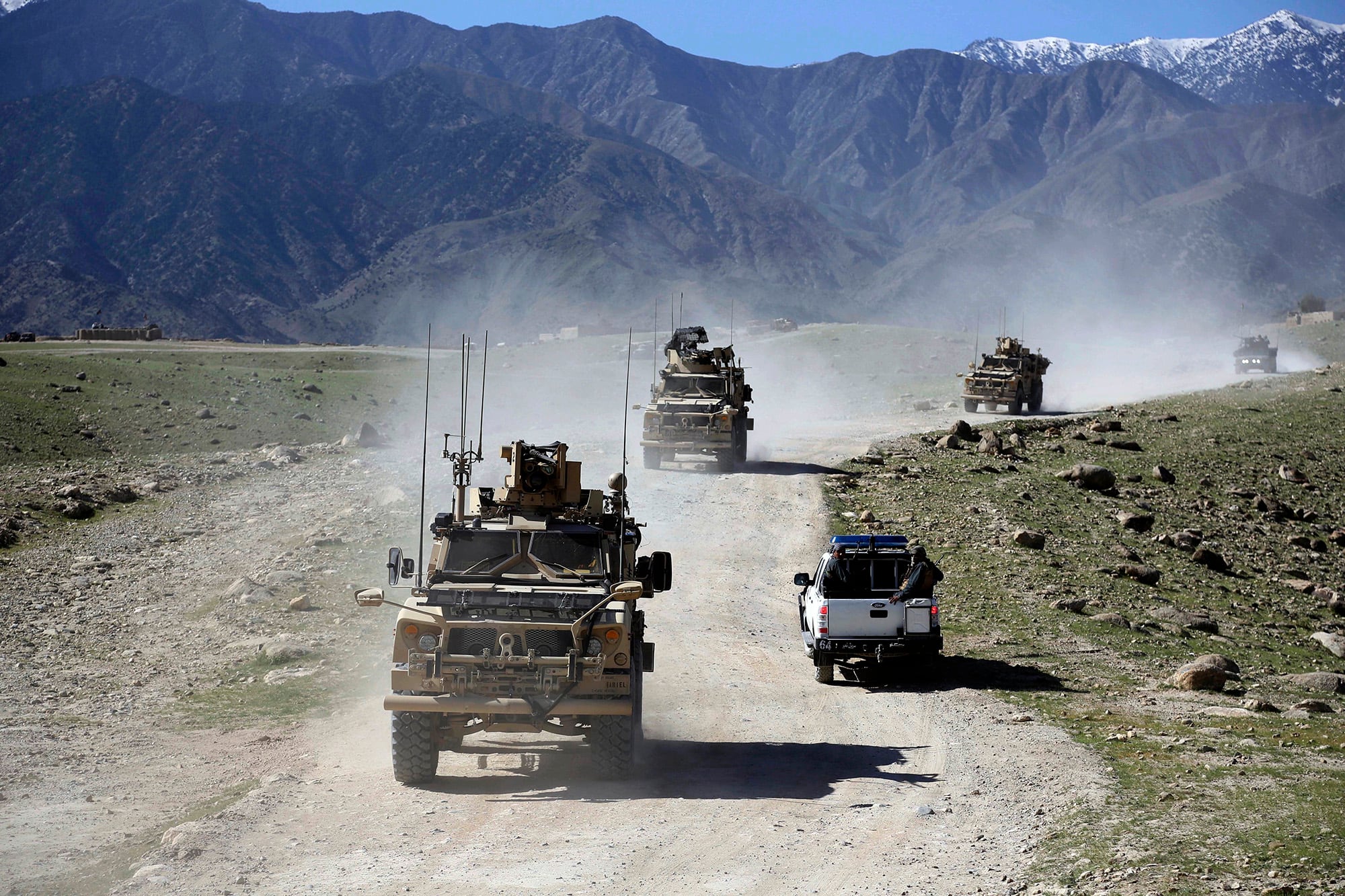WASHINGTON — The U.S. military has already begun conducting combat operations and surveillance in Afghanistan from outside the country’s borders, Defense Secretary Lloyd Austin told Congress on Thursday, as the troop withdrawal continues.
But Austin declined to specifically address whether the U.S. will provide combat air support to the Afghan forces to prevent them or their major cities from being overrun by the Taliban after the pullout is complete. Austin said he would not “speculate on potential actions” but noted that once troops are fully withdrawn from Afghanistan, it will be very difficult to provide such support to the Afghans.
Already, Austin said, the U.S. military is conducting air combat patrols and support from ships in the Gulf, and sending surveillance aircraft to Afghanistan from nations in the Gulf region. As of now, he said, the U.S. is still looking for options to station troops and aircraft in neighboring countries to make the flight to Afghanistan shorter. But, he said, that effort is still a work in progress and he had no timetable for completion of any negotiations.
RELATED

President Joe Biden ordered the complete withdrawal of U.S. troops from Afghanistan by early September, and that pullout is ahead of schedule, the military has said. But many questions surrounding the withdrawal remain unanswered, including how the U.S. will conduct intelligence operations in Afghanistan after the withdrawal, how far it will go to defend the Afghan government and what diplomatic presence it will have in the country.
Austin noted that once the withdrawal is done, the U.S. will focus counterterrorism efforts on al-Qaida and other terror groups that can conduct attacks against the American homeland.

There have, however, been persistent questions, including from segments of the Afghan government, about whether the U.S. will provide any combat support to the Afghan forces if they are under siege from the Taliban and major cities, such as Kabul, are at risk of being overrun. The Pentagon has suggested that any such mission would not qualify under the parameters set by Biden for counterterror operations, but there is widespread concern that once U.S. and coalition troops have left, the Taliban will increase their attacks and the Afghan government could collapse.
As early as this week, the top U.S. commander for the Middle East, Gen. Frank McKenzie, will give Austin a range of military options for securing the U.S. Embassy in Afghanistan and providing counterterrorism support from outside the country once the withdrawal is complete, according to U.S. officials said.
RELATED

The number of American troops needed for the overall security missions inside Afghanistan will depend on a variety of requirements, and could range from roughly a couple hundred to a bit less than 1,000, officials said. When the pullout officially began on May 1, the number of U.S. troops was between 2,500 and 3,500.
McKenzie is expected to provide options on the amount of aerial surveillance and drones needed to keep an eye on any potential resurgence of al-Qaida, the Islamic State or other militant groups. Those options will involve U.S. aircraft from ships at sea and air bases in the Gulf region, such as Al Dhafra air base in the United Arab Emirates. And they could range from persistent U.S. overwatch to a more minimal presence. Officials spoke on condition of anonymity to discuss planning details.





